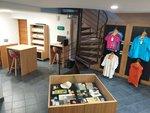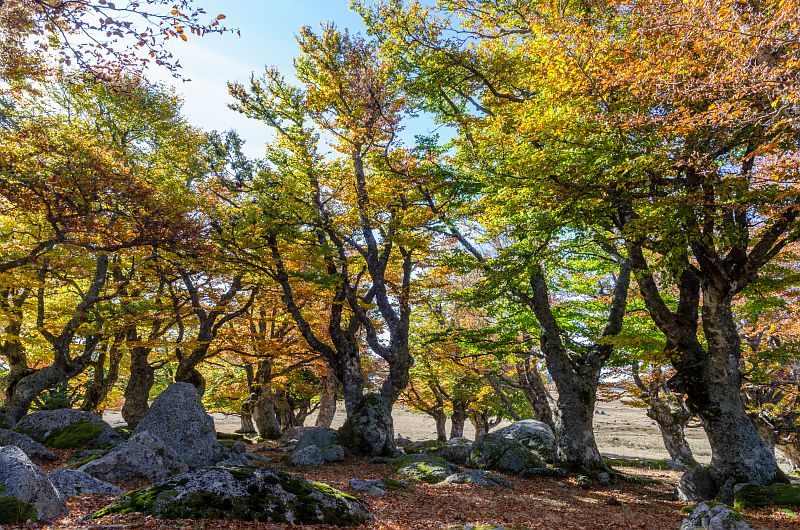
Exploring the magical forest
8 points of interest

Rocher de la Barque - © Biotope  Tradition
TraditionThe mysterious boat
Have you noticed the strange rock shaped like a boat (barque)? Is that what gave the hamlet its name? Alternatively, in the local patois, a berque is a gap in the mountain. So: Mas de la Barque or Mas de la Berque?
Mas de la Barque is part of the municipality of Vialas and borders the forest of Gourdouze. The estate of the Priory of Gourdouze, to which the forest once belonged, was declared government property during the French Revolution in 1789, before being sold to pay the state’s debts.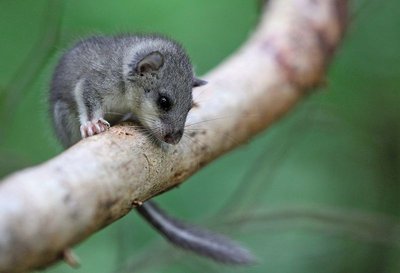
Loir gris - © R. Descamps  Natural environment
Natural environmentA real village
During their lifespan, these trees grow crooked, swell, become wrinkled. A ripped-off branch leaves a scar open to bird beaks. Towards the end of its life, the old tree is full of cavities – comfortable nests for small animals. Can you hear a soft whoo hoo hoo in the forest? That is a boreal owl. The black woodpecker carves its nest out of dead wood using its powerful beak. The European edible dormouse, a rather pretty rodent, hides its food stores in holes in old beeches.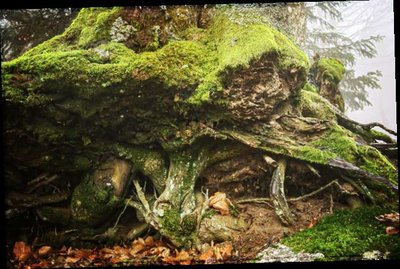
Sous-sol forestier - © PNC  Natural environment
Natural environmentThe secret life of the subsoil
Did you know that, as you walk through the forest, you are trampling a little-known world? Under your feet a multitude of tiny creatures are tirelessly active: by decomposing organic matter, such as dead leaves, they enable tree roots to absorb nutrients. Without them, there would be no forest. Below the roots, this tree gives you a glimpse of the subsoil. Let us see what it hides.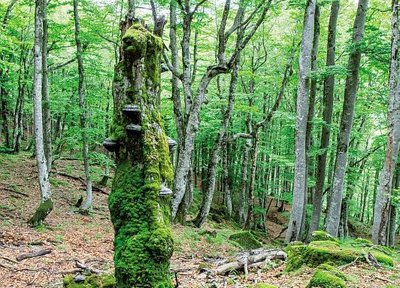
Arbre mort - © KARCZEWSKI Gaël  Flora
FloraMeet a tinder fungus
The fat mushroom stuck to the trunk of an old beech is a tinder fungus, a tree parasite. From above, it looks like a cep cap. Below, fine tubes are full of spores, the little cells that allow the fungus to reproduce. Tinder fungus is totally inedible. So what might it be used for? Once dried, it catches fire at the first spark. Prehistoric humans used it to light their fires.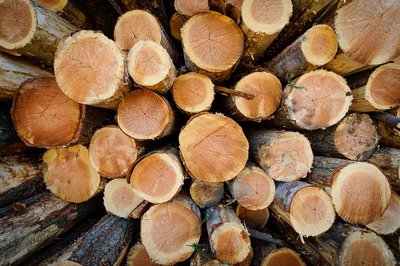
Exploitation de bois - © A. Bouissou/TERRA  Natural environment
Natural environmentHumans and the forest
In some places, you can see that trees have been felled. Why? The paint marks differentiate trees to be felled from those that will be preserved according to economic and ecological criteria. In the forest at Mas de la Barque, we have to ensure that the forest ecosystem works well. It is a resource to be preserved for the future. Let us watch the forest technician at work.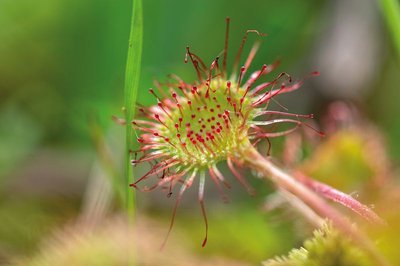
Drosera rotundifolia - © Yannick Manche  Water
WaterThe peat bog: a world apart
This natural environment is a strange world where only very particular plants survive. Sundew (drosera) is the star of the peat bog. The soil is so poor here that the plant catches insects to feed on; it is carnivorous. The water is very acidic and contains very little oxygen here. When plants die, they do not decompose as well as in the forest. Instead they accumulate to form a thick layer of peat.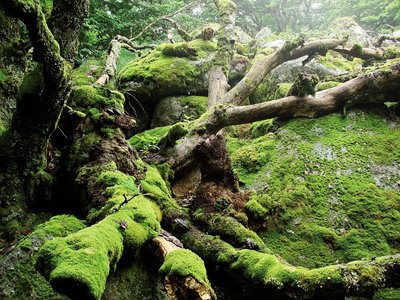
Arbres morts - © Mathieu Baconnet  Natural environment
Natural environmentThe death of a tree
A dying or dead tree makes us a little sad. And yet it regenerates the forest. Once the tree is dead, it still provides refuge for fauna over many years. Its rotting wood feeds legions of small animals, which turn an old forest into a living treasure. The larvae of the bronze carabid devour slugs and snails while the larvae of the longhorn beetle burrow into dead wood.
Hêtre soudé (anastomose) - © E. Balaye  Flora
FloraTree kisses
Among trees, there is strength in unity. Trees like to merge with others via the roots – it makes them stronger. But here, there are beeches that have grown together at the branch level or even at the trunk. Strange bonds! Try to spot them but do not disturb them.
Description
- Departure : Mas de la Barque activity centre
- Arrival : Mas de la Barque activity centre
- Towns crossed : Vialas and Pont de Montvert - Sud Mont Lozère
Forecast
Altimetric profile
Recommandations
Information desks
Tourism'house and national parc, Génolhac
Place du Colombier, 30450 Génolhac
This office is part of the National Park's associated tourist-information network, whose mission is to provide information on, and raise awareness of, the sites and events as well as the rules that must be observed in the National Park's central zone.
Open from april to october
Tourism office Mont-Lozère, Villefort
43, Place du Bosquet, 48800 Villefort
This office is part of the National Park's associated tourist-information network, whose mission is to provide information on, and raise awareness of, the sites and events as well as the rules that must be observed in the National Park's central zone.
Open year-round
Access and parking
Parking :
Calculateur d'itinéraire Lio
Utilisez le calculateur liO pour organiser votre trajet en région Occitanie.
Autres régions
Calculez votre itinéraire en Auvergne Rhône Alpes sur Oùra
Biodiversité autour de l'itinéraire
Source

Report a problem or an error
If you have found an error on this page or if you have noticed any problems during your hike, please report them to us here:

